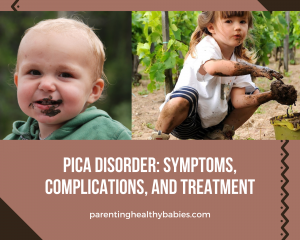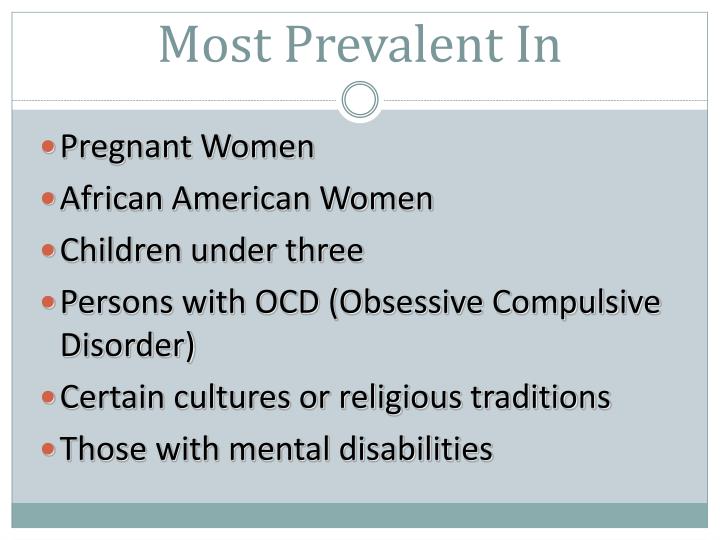

The diagnosis of pica can also be made when craving, provoked by taste, smell, or texture, is reported, but the actual consumption of these substances has not yet occurred, and can be made in patients with amylophagy or pagophagy, although the DSM-5 does not allow consumption of "food" items such as flour, raw rice, and ice to be considered pica.

PICA SYNDROME DURING PREGNANCY MANUAL
Chalk, charcoal, ash, paper, toilet paper, coffee grounds, baby powder, and paint chips are also common choices.ĭIAGNOSIS - The American Psychiatric Association's Diagnostic and Statistical Manual of Mental Disorders, Fifth Edition (DSM-5) diagnosis of pica requires each of the following : Pagophagy (or pagophagia) – The consumption of large quantities of ice or freezer frost.Įarth, raw starch, and ice are the most commonly consumed pica substances.Amylophagy (or amylophagia) – The consumption of raw starches, including cornstarch, laundry starch, raw rice (ryzophagia), and flour.Geophagy (or sometimes geophagia) – The consumption of earth, including soil or other earth-rich items such as adobe, clay preparations, pottery, or bean stones (clumps of earth among dried beans).TYPES - There are three main types of pica: This topic will provide an overview of pica, focusing on its diagnosis, consequences, and management in pregnant persons. INTRODUCTION - Pica is the craving and intentional consumption of substances not culturally defined as food.


 0 kommentar(er)
0 kommentar(er)
